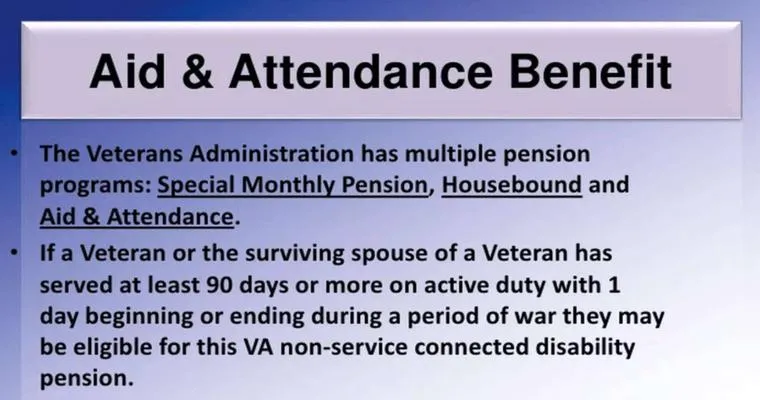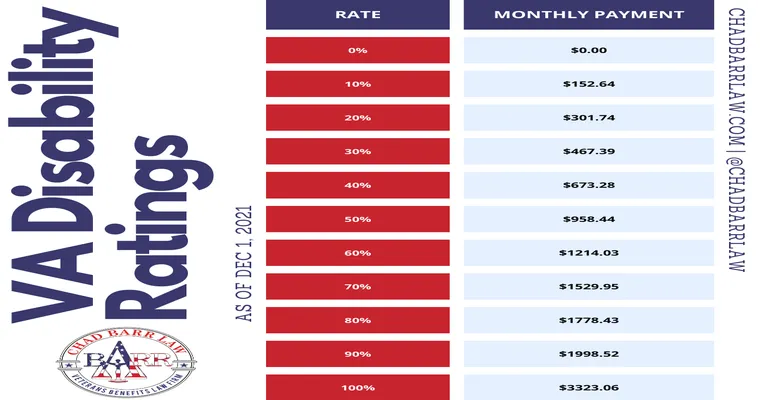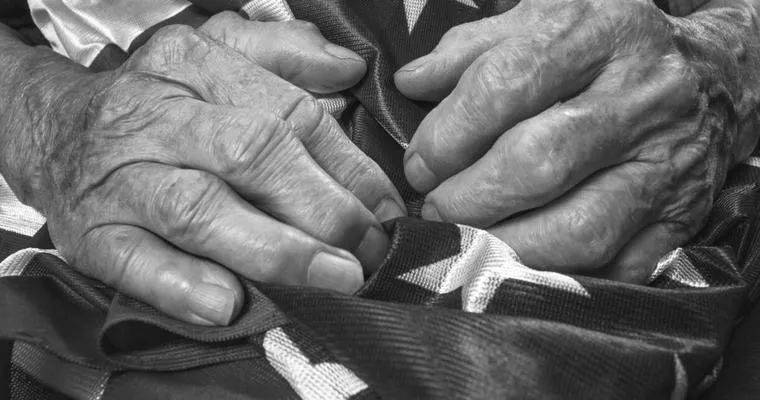When navigating the benefits offered to veterans and their families, many individuals often find themselves asking whether "Aid and Attendance" is different from the "VA death pension". Understanding these two critical forms of financial support can help veterans and their loved ones make informed decisions regarding care and financial planning.
Aid and Attendance is a special pension benefit provided by the Department of Veterans Affairs (VA) to veterans and surviving spouses who require assistance with daily living activities. This benefit is designed to help cover the costs associated with in-home care, assisted living, or nursing home care. It is important to note that Aid and Attendance is not a standalone benefit; rather, it is an additional financial support option available to those already receiving a VA pension.
In contrast, the VA death pension is a needs-based benefit specifically intended for the surviving spouses and dependent children of deceased veterans. The VA death pension provides financial assistance to help cover living expenses for those who have lost their military partner. Eligibility for this benefit is determined by various factors, including the veteran's service record and the financial situation of the surviving family members.
One of the key distinctions between Aid and Attendance and the VA death pension lies in their eligibility criteria. Aid and Attendance is available only to veterans who have served a minimum period of active duty and have a service-connected disability or who are aged 65 and older. On the other hand, the VA death pension is aimed at the surviving family members of veterans who served in active duty during a designated wartime period.
Additionally, the purpose of these benefits differs significantly. Aid and Attendance is focused on providing support for those veterans who require assistance due to physical or mental limitations, while the VA death pension is a financial safety net for families coping with the loss of a veteran. This difference in focus highlights the unique needs that each benefit addresses within the veteran community.
Financially, Aid and Attendance can provide a substantial monthly benefit that varies based on the applicant's situation, including marital status and level of care required. In contrast, the VA death pension offers a fixed monthly amount that helps eligible survivors manage their day-to-day expenses after the loss of a veteran.
In conclusion, while both "Aid and Attendance" and the "VA death pension" serve critical roles in supporting veterans and their families, they are distinct programs with different eligibility requirements, purposes, and financial benefits. Understanding these differences can empower veterans and their loved ones to access the right support for their unique circumstances. For those seeking assistance, it is advisable to consult with a VA representative or a veterans service organization to explore the options available and determine the best course of action.





